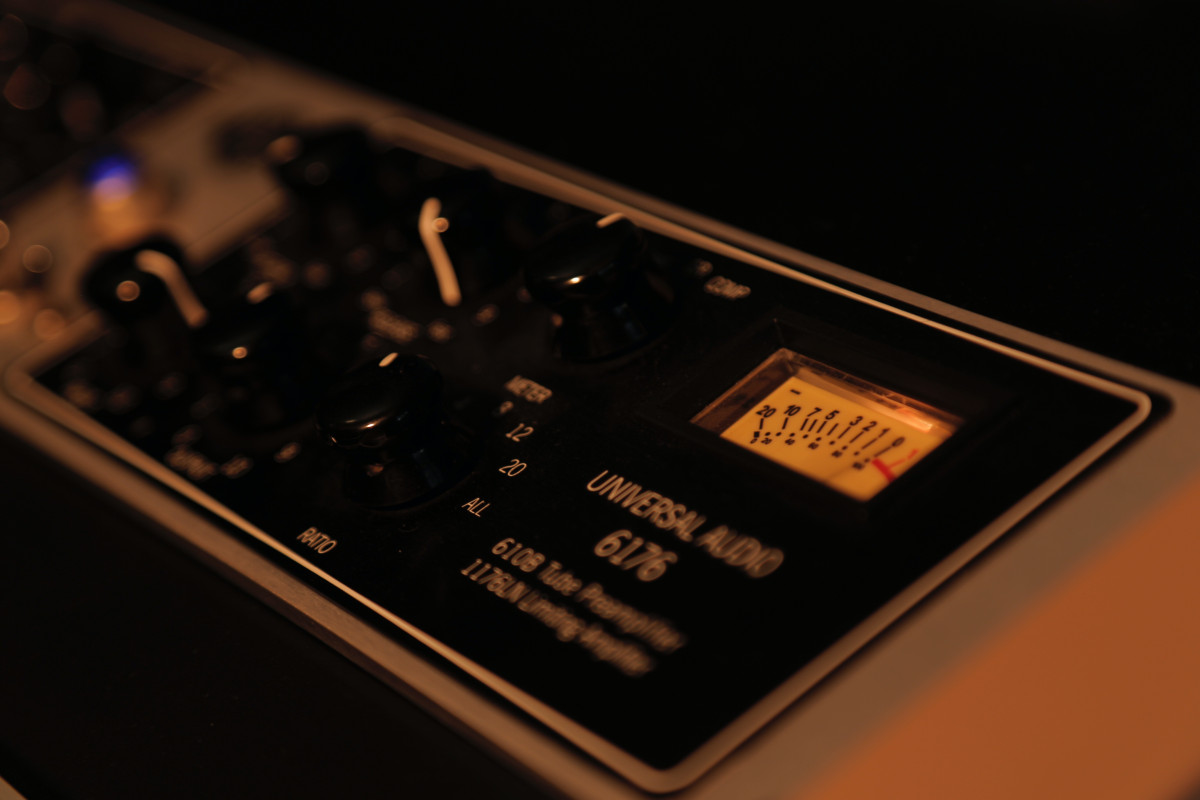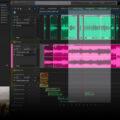Compressors are essential devices in mixing, but they can pose difficulties for beginners, primarily due to the 'attack' and 'release' times.
A compressor controls the volume of sound, reducing sounds that rise above a certain level (the defined threshold). It's essential that the sound doesn't abruptly drop but changes at a steady pace for a natural effect.
Of course, compressors offer various applications depending on their purpose and usage. However, for easier understanding of attack and release, we'll focus on basic compressor usage, which involves increasing softer sounds and reducing louder ones to narrow the dynamic range.
Contents
Basic Explanation of Attack and Release
Attack and release adjust how long the compressor operates. Let's simplify with a diagram and move forward.

[Image Description: A graph shows a downward slope for the Attack Phase and an upward slope for the Release Phase. Adjusting Attack Time would lengthen or shorten the downward slope, while adjusting Release Time would lengthen or shorten the upward slope.]
To be precise, it's Attack 'Time' and Release 'Time', but for convenience, we'll refer to them as attack and release.
Finding the 'Right' Timing
If attack and release values aren't set correctly, the compressor might not function as desired, altering the sound unnaturally.
Since compressors artificially modify sound, it's best to adjust attack and release for a more natural effect.
For other effects, you can modify attack and release according to the mixing engineer's intent. However, initially, focus on achieving a natural, 'appropriate' compression timing.
A good approach is to imagine reducing gain for specific sections using automation. Just as in the automation in the image, envision how adjusting threshold, ratio, attack, and release in a compressor can alter waveform dynamics.

Varies According to Threshold
Initially, focus on attack rather than release. Consider whether a fast or slow attack suits the compressor's operation timing.
Thus, depending on where the threshold lies and the intended use of the compressor, the attack speed should vary.

For instance, if you want to attenuate only certain sections where the sound gets too loud, a faster attack would allow the compressor to operate promptly. Conversely, if the compressor is set to affect the entire track, setting a lower threshold would necessitate a slower attack for a natural effect.
Note that these examples may vary depending on the tempo of the track and the distribution of dynamics within the track. Always keep in mind that attack should vary according to the compressor's purpose, and decisions should be made by listening directly.
If the wrong attack value is set, unintended effects like severe pumping or transients being damaged (where the initial sound is excessively altered) may occur.
Example of Incorrect Release
Time Although we emphasized attack timing, in reality, appropriate release timing is crucial for determining the right attack time.
Here, let's examine the issues that arise if the release time is set incorrectly and learn how to avoid them while determining the appropriate release time.
If the release is too long, the compressor will remain engaged until the sound triggers the threshold again, leading to continuous compression. Unless intended, this should be avoided.
In other words, a longer release time allows the compression effect to linger, potentially reducing the power of the sound or causing it to recede, which might not be desired.

Conversely, if you want to push the track forward using the compressor and desire a loud sound, a shorter release time is preferred. However, if the ratio is high, this might lead to roughening of the sound or distortion.
Compressors for Easy Adjustment of Attack and Release
For compressor novices, using plugins that automatically adjust attack and release to appropriate levels can be helpful, rather than manually tweaking each parameter.

Elysia mpressor, available as a plugin through Plugin Alliance and UAD, features an Auto function that automatically adjusts attack and release appropriately. While not the only plugin with such functionality, Elysia mpressor is frequently discounted at Plugin Alliance, making it highly recommended.
These Auto functions prevent unintended pumping effects or transient damage, providing a safe way for novice engineers to use compressors. However, they may not always align with the musical intent or purpose. Once you become more familiar with compressors, it's essential to develop a habit of manually adjusting attack and release.

Products modeling Fairchild's Vari-Mu compressors typically offer a selection of preset attack and release settings via Time Constant knobs, rather than allowing direct adjustment. Experimenting with these presets can help in selecting the appropriate settings, often more convenient and musically conducive than digital methods.

LA2A-style compressors, like their hardware counterparts, don't allow separate adjustment of attack and release but are known for their slow attack time, offering a characteristic natural compression effect. Trying out LA2A compressors can showcase the benefits of a slow attack.
This article was published in partnership with Monthly Mixing.




